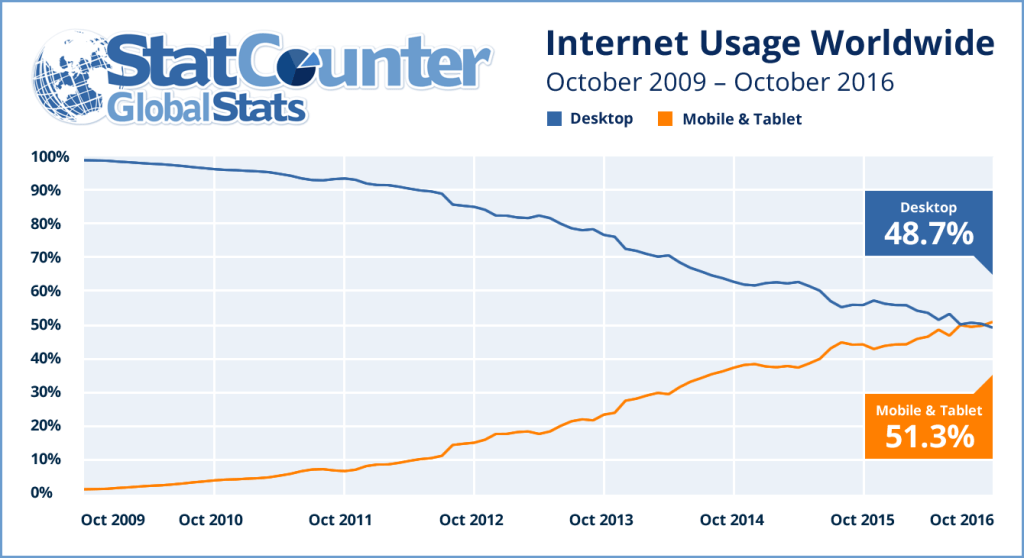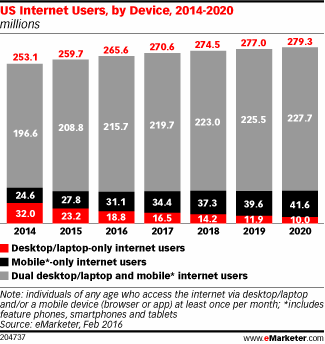Practical uses for artificial intelligence continue to proliferate. Uber Technologies, for example, now uses machine learning (a type of artificial intelligence that provides computers with the ability to learn without being explicitly programmed) to predict how much a particular rider is likely willing to pay for a specific trip, on a specific route.
In fact, Uber has used AI to create a new fare system based on machine learning. Called “route-based pricing,” the system charges customers based on what it predicts they’re willing to pay.
In the past, Uber calculated fares using mileage, time and multipliers based on passenger demand at a particular moment.
The change likely is related to the “upfront pricing” system Uber introduced in 2016, where riders are guaranteed a set fare before they book. That obviously places a premium on any intelligence Uber can use to incorporate willingness to pay in a more granular way, since the whole business model is premised in substantial part on variable pricing.
The trick is optimizing market clearing transactions, essentially matching what a rider is willing to pay and what a driver is willing to accept.
The value of such machine learning is one reason why Uber launched its artificial intelligence laboratory. Though AI will be needed as Uber moves into the era of automated vehicles, the lab’s work apparently already has paid off in terms of using machine learning to tweak the far offering system.
Beyond that, the researchers will be working on developing forms of machine learning that need less data. That obviously would allow greater use of AI, with faster learning. Faster learning means AI can be applied in a wider range of cases.
The labs also are said to be working on machine learning systems that can explain the reasoning behind decisions. For a firm under much scrutiny, that makes sense. Uber itself, and others watching the company, will want explanations for “why” pricing rules are set the way they are.
Uber’s existing business apparently already benefits, as in the case of price predictions for the Uber pool service, where the new machine learning system is in use.


